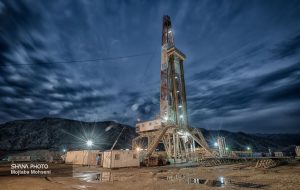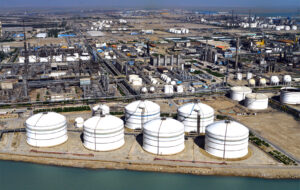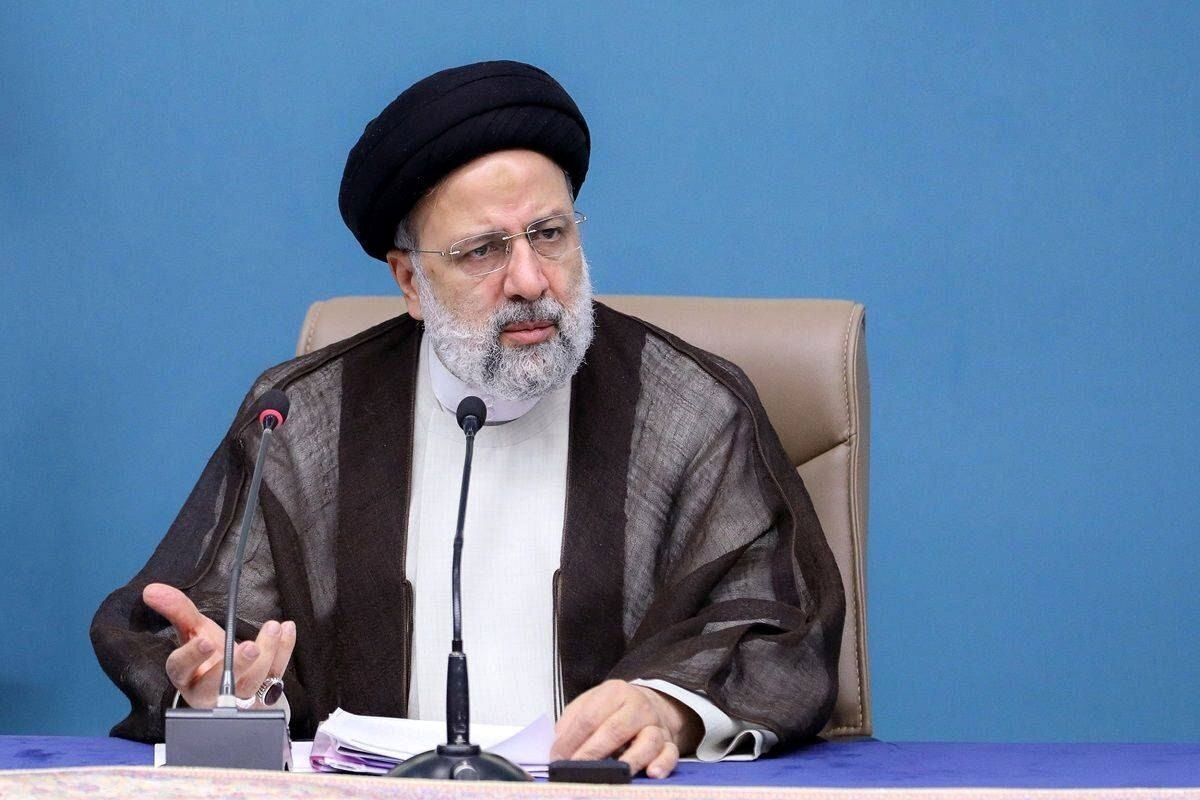
11 billion dollar project with an empty account; Dangerous game of banks in Azadegan oil field
The last condition of Mohsen Paknejad for the implementation of the Azadegan oil field contract is to deposit 800 million dollars to the account of Dasht Azadegan Arvand Company. A condition that banks have been unable to fulfill until today.

Refining and Distribution CEO: Technological opportunities in the refining industry are vast; the move towards data-driven management is gaining momentum
The CEO of the National Iranian Petroleum Products Refining and Distribution Company, emphasizing the move towards data-driven management and smart fuel chain, said: "The opportunity for technological and data-driven work in the refining and distribution industry is very broad. What is important in this path is the right direction, prioritizing issues, and defining effective cooperation models."

Getting to know Iran’s petrochemical holdings; this part of the Persian Gulf
Persian Gulf Petrochemical Industries Holding, as the second largest petrochemical holding in the Middle East and the largest player in this industry in Iran, plays a key role in meeting domestic needs and the international standing of this industry, with more than one-third of the nominal capacity of the country's petrochemical industry.
Breaking News

Unprecedented record of sweet gas production at South Pars Refinery 3

Gas consumption in the domestic sector reached 659 million cubic meters

Abbaszadeh: HSE’s preventive measures played a key role in crisis management

Ministry of Petroleum Research Week: Focus on digital transformation and new technologies

Oil Minister: Transferring gasoline quota to bank cards will be implemented in the coming months

Ilam Refinery’s torch burning decreased by 50%

Domestic and commercial gas consumption exceeded 655 million cubic meters

Two new portals were launched to register and follow up the complaints of gas customers

Details of the fire in Abadan Petrochemical


